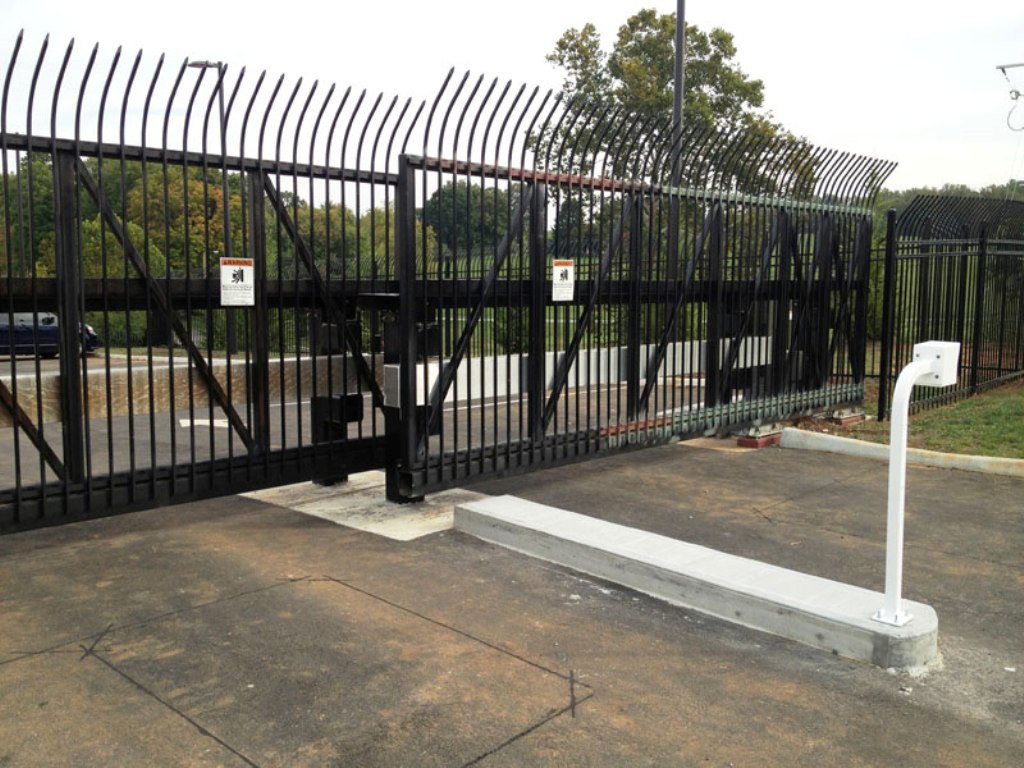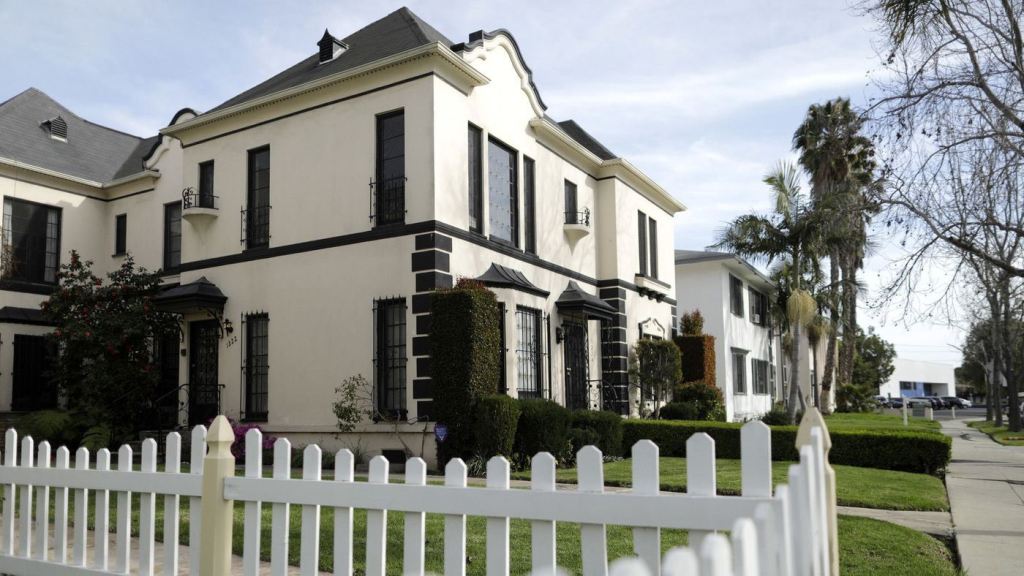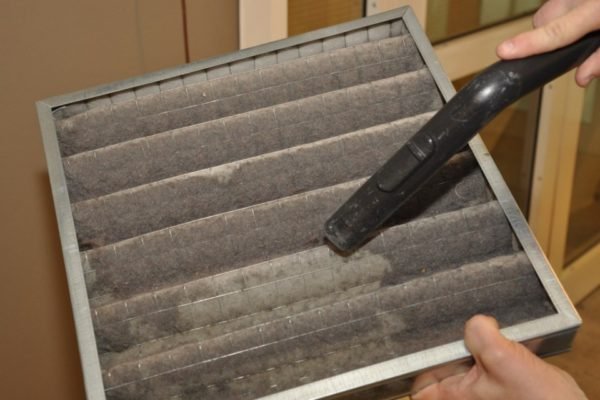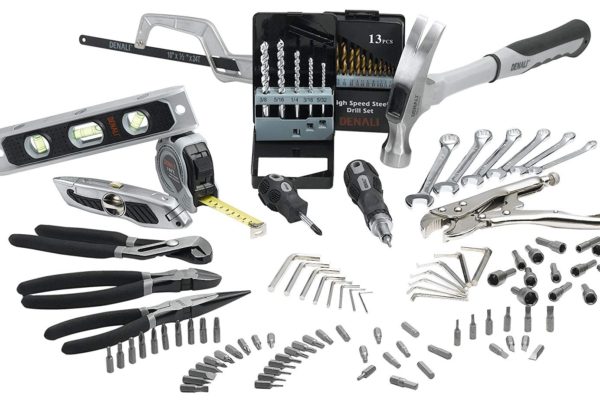Fences and gates have regulated ratings and specifications. Companies base these ratings on their ability to withstand the impact of vehicles that hit them. The K rating is the one that catches our interest in this post.
The K rating a Crash Test Certification issued in the US by the Department of State (DOS). This rating relates to the capacity of a bollard, fence, gate, or any other barrier to withstand the perpendicular impact of an intruding vehicle of a given weight traveling at a given speed.
Put in simpler terms; it is a rating that specifies the capacity of any of barriers to withstand the weight and speed of a vehicle on impact.

The standard specified K rating weight of any vehicle sits at 15,000 lbs. At this weight, a well-established barrier should not allow even a truck to penetrate more than 36 inches into it.
One type of k rated fences that governmental organizations and others use alike is a crash rated cable fence.
Many folks recommend the crash-tested, k rated fences for use in high-profile estates and private residences. They are also the barrier of choice for securing power plants, chemical plants, scientific research institutes, fuel depots, military installations, and highly sensitive government buildings.
What Improves K Ratings?
The quantity and class of beams or cable reinforcements have a major role to play in the use of a crash-rated cable fence, especially during installation and maintenance.
In the case of active barriers such as pop up bollards, wedge barriers, drop arm barriers, and capture barriers, their K ratings are determined as a rule, by the tensile strength of the materials used in their manufacture. Also, mounting them on a strong foundation goes a long way into maintaining them with minimal effort.
For instance, any barrier that is constructed with heavy gauges of steel securely fixed on reinforced concrete footings will naturally have an impressive impact-resistance capacity. Consequently, it will have a high K rating.

By default, all barriers erected to withstand anti-terrorism crashes in recent times must have a good K rating. Any high-profile protective barrier that falls into this category is also known as an Anti-terrorism Force Protection (ATFP). Their K rating is usually regulated and determined by the American Society for Testing and Materials (ASTM).
Ordinarily, one may assume that everything tends towards fortress-style security protection. However, K rated barriers, especially for government buildings, are also required to have a reasonable level of aesthetic appeal.
In conclusion, we must state that a lot of expense is incurred by the manufacturers of anti-ram barriers so that the Department of State can give them a good K rating. These expenses are transferred, however indirectly, to the customer as the cost of the product. Also, the customer bears the usually high cost of erecting a solid foundation to carry the product.
This extra cost is the reason why most government buildings and military installations can do without these barriers. Wherever you see it, understand that some high-profile or sensitive business is going on, so be guided accordingly.








